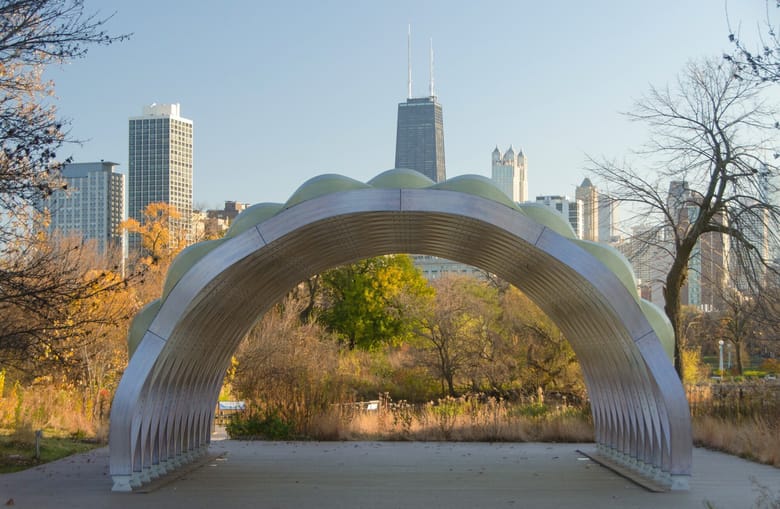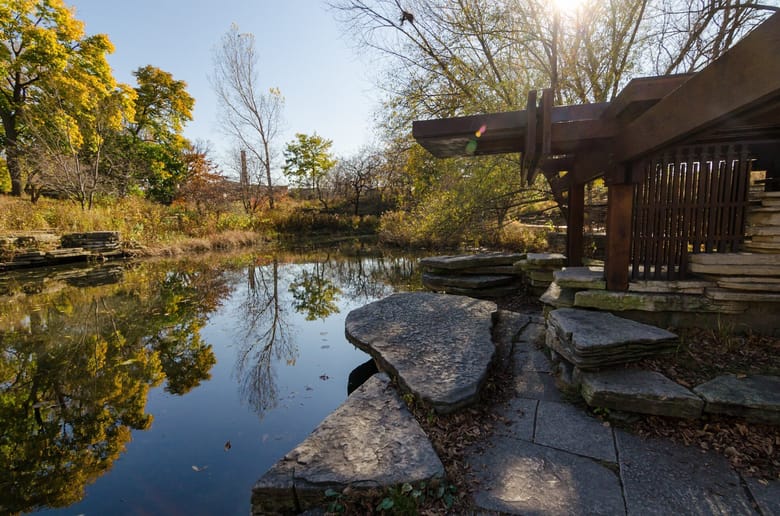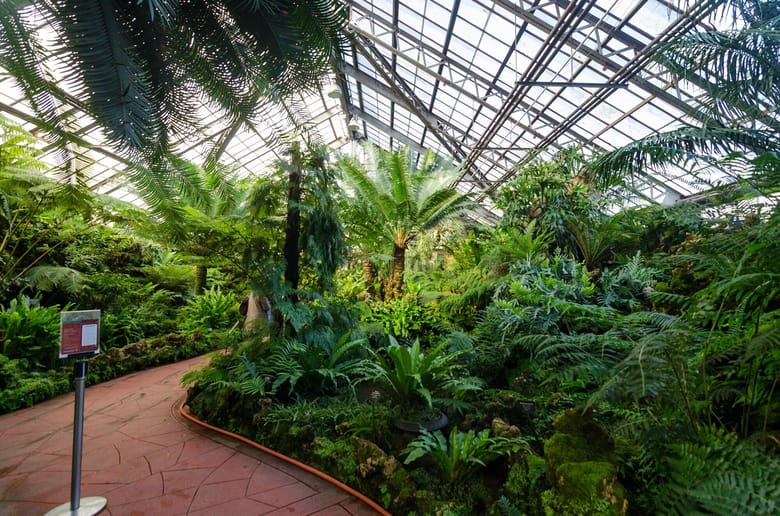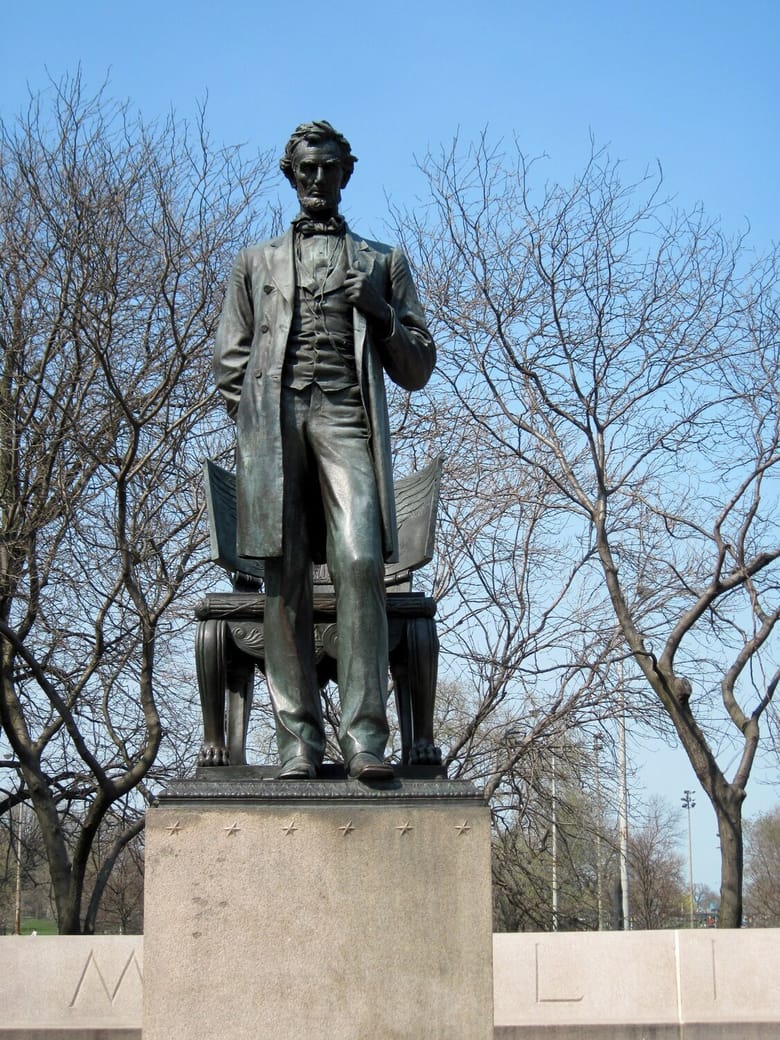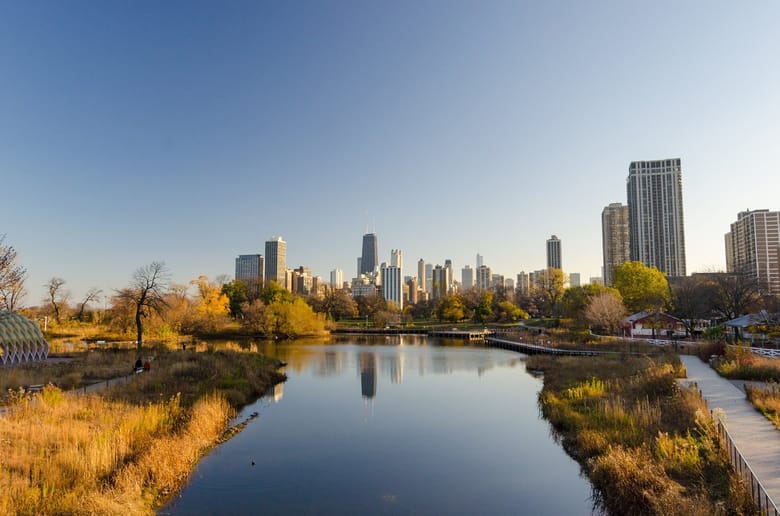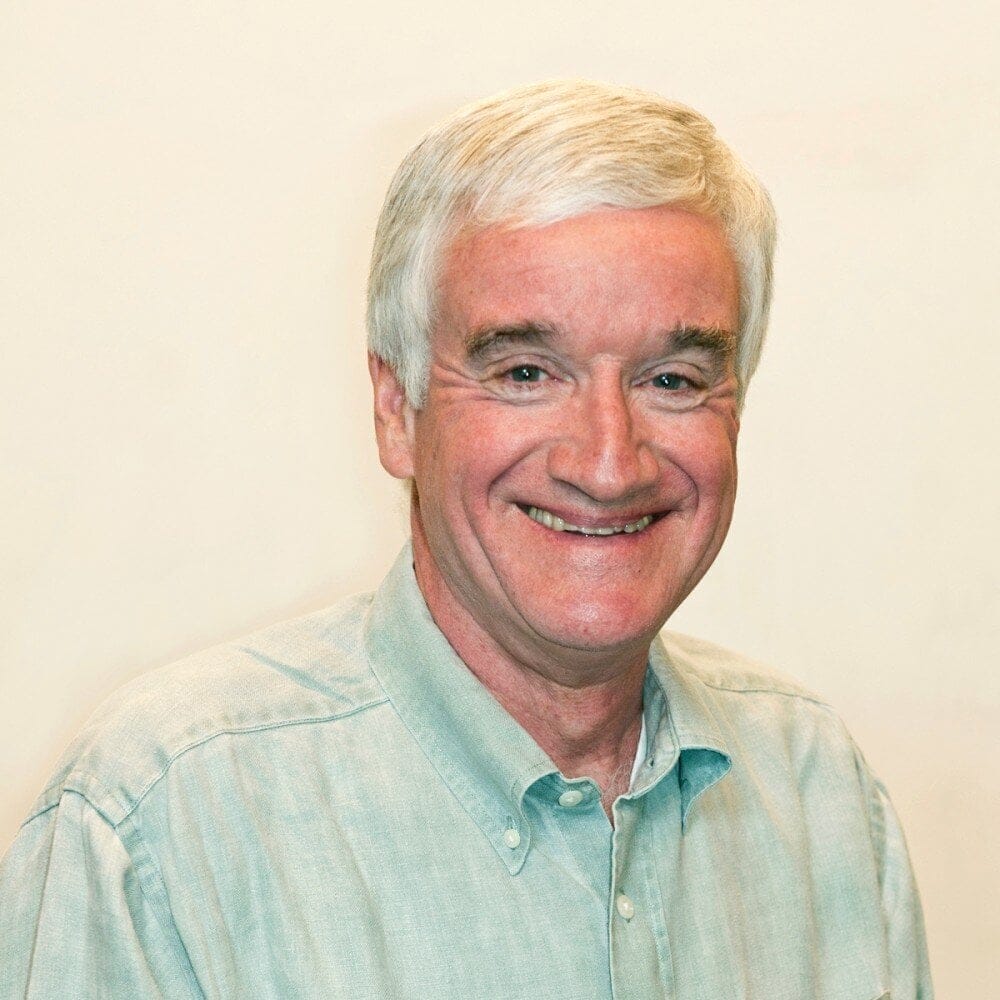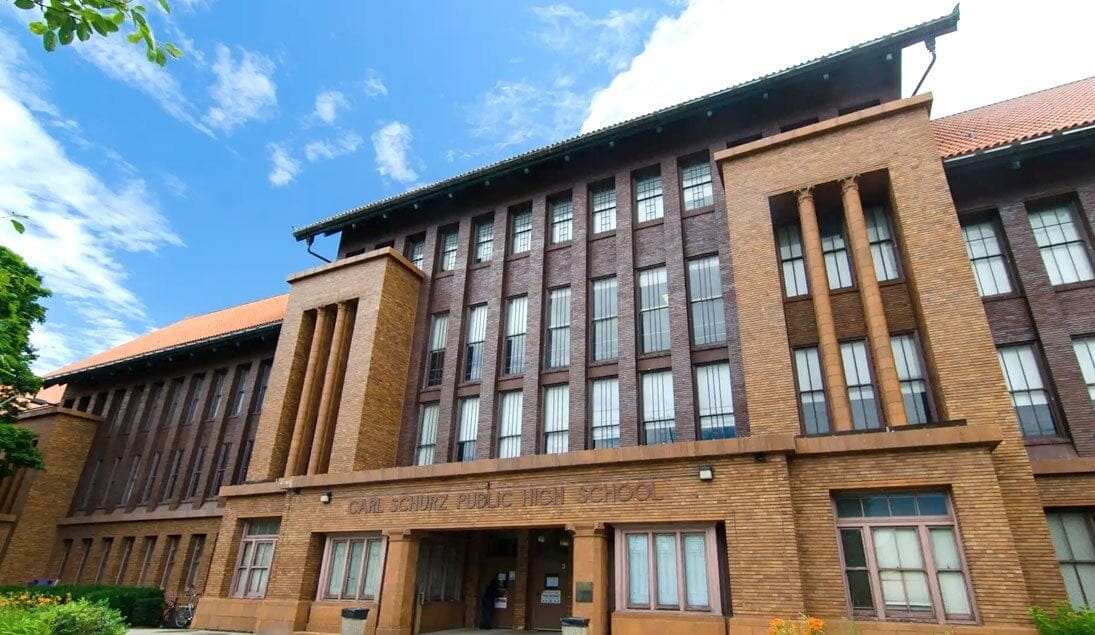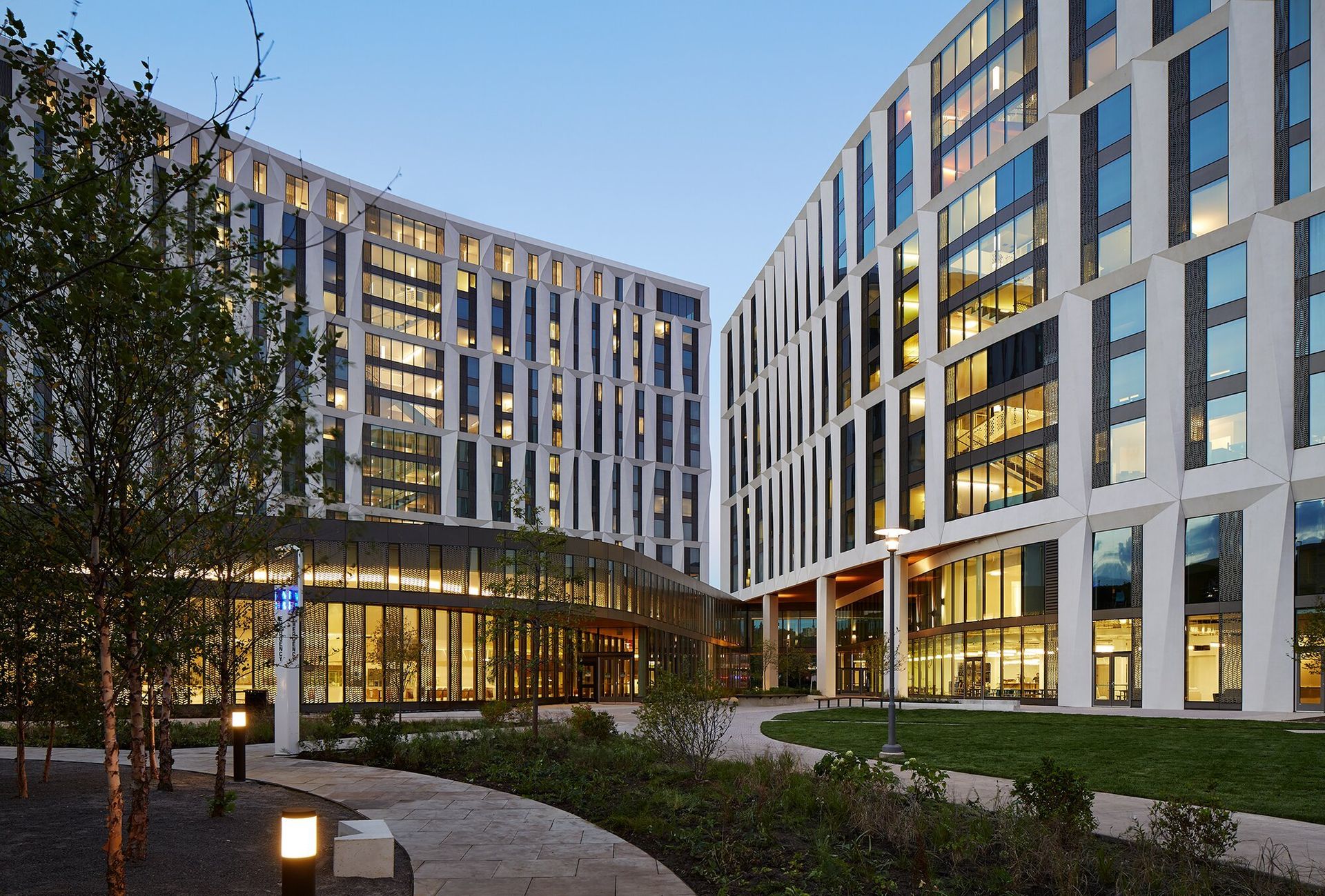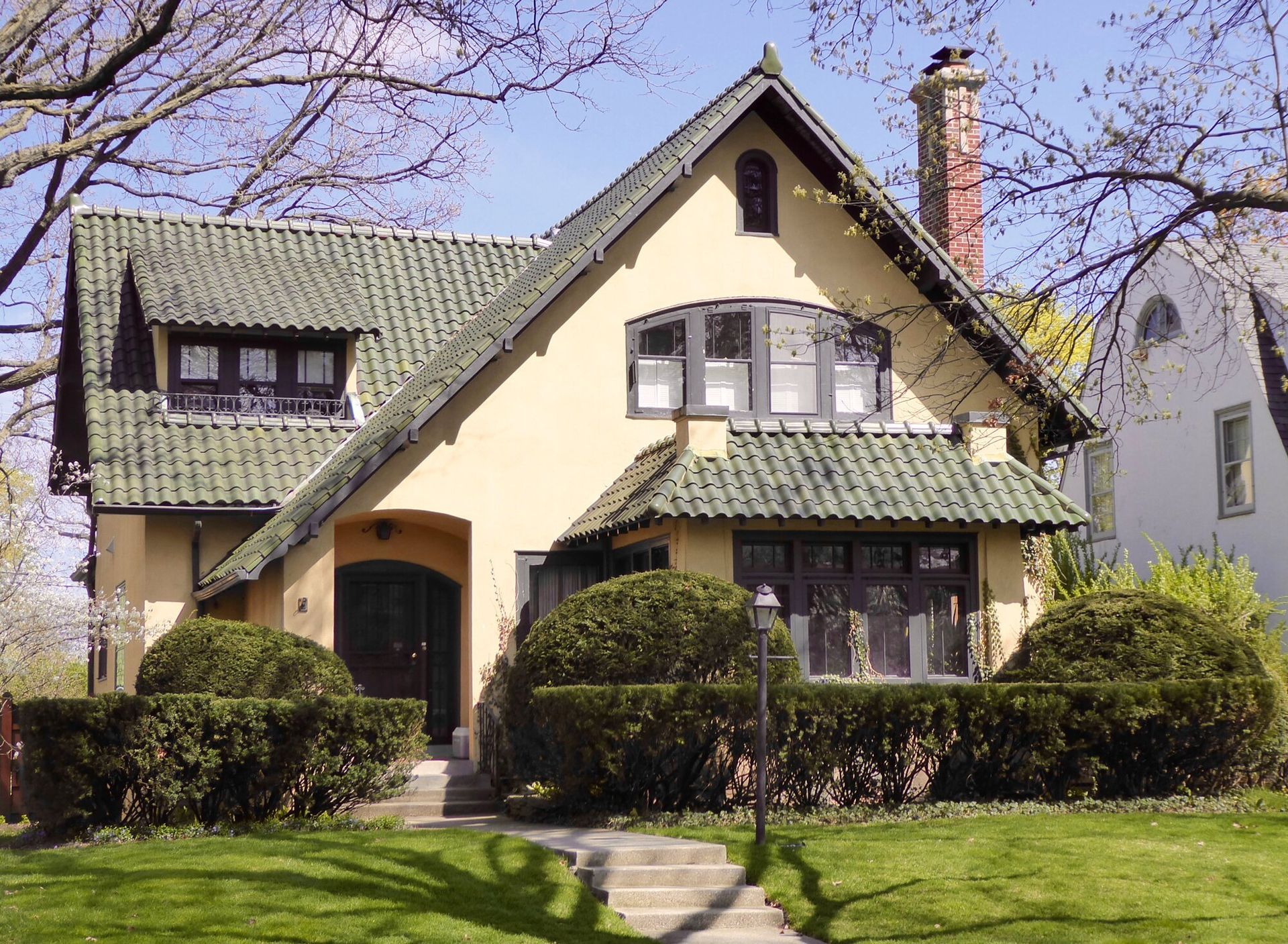BODIES OF WORK
Lincoln Park did not have an auspicious beginning. In the 1860s, the city set aside 60 acres as Lake Park. It was renamed Lincoln Park in 1865 after Lincoln’s assassination. Up to that point, the land was being used as a city cemetery. People who died from cholera and Confederate prisoners from Camp Douglas were among the hundreds buried there.
As the neighborhood became more residential, there was increased pressure to remove the corpses, due to health concerns. There was a fear that the standing water in the graves flowed into nearby Lake Michigan and presented a health risk. The stench from the shallowly buried bodies in the cemetery wasn’t appealing to the new residents, either.
Thousands of bodies were disinterred and moved to other cemeteries, including Graceland and Oak Woods. But many bodies were left behind. One researcher estimates that thousands of bodies are still buried in Lincoln Park. Occasionally remains will be discovered during the course of new construction.
As the city grew north, Lincoln Park expanded to approximately 1,200 acres. It is now one of Chicago’s most heavily used parks, with 20 million visitors a year.
GEMS IN THE PARK
Chicago has a long tradition of siting museums in their parks, as seen with the Art Institute and the Museum of Science of Industry. Lincoln Park is no different. In 1894, the Chicago Academy of Arts and Sciences moved into the park. It relocated in 1999 and is now called the Peggy Notebaert Nature Museum. In the late 19th century, conservatories became popular as people became concerned with the effects of industrialization. The Lincoln Park Conservatory was completed in 1895 and was described as a “paradise under glass.” It provides a tropical respite even in the dead of winter. The Chicago History Museum opened in the park in 1932. The original building was a Works Progress Administration project designed by Graham, Anderson Probst and White.
But to many, Lincoln Park’s most famous institution is the Lincoln Park Zoo. The zoo started off small, with the gift of two swans from New York City’s Central Park. The first purchase was a bear cub for $10 in 1874. Today, the zoo is home to more than 1,100 animals. It is one of the last free zoos in the state and attracts about 3.5 million visitors a year. One of its most famous residents was Bushman, one of the largest gorillas in captivity. His death in 1951 attracted hundreds of mourners including the mayor.
PONDS, PATHS AND PAVILIONS
Lincoln Park has been shaped by a succession of prominent landscape architects. The initial design by Swain Nelson – who also laid out the original roads for Graceland Cemetery – featured winding pathways and small ponds. The Waterfowl Lagoon in Lincoln Park Zoo remains from this design. In the early 1900s, architect Ossian Cole Simonds was recruited to expand on Nelson’s design after completing an expansion of Graceland Cemetery. By landfill, he doubled the size of Lincoln Park. He also redesigned older sections to produce “the quiet sylvan conditions so much needed and desired by city dwellers."
Perhaps the most striking landscape feature is the Alfred Caldwell Lily Pool north of the zoo. Caldwell trained under landscape architect Jens Jensen. The Lily Pond reflects the Prairie Style with striated stonework and emphasizes indigenous plantings. It was designated a National Historic Landmark in 2006.
Another highlight is Café Brauer, a 1908 masterpiece of architect Dwight Perkins, one of the leaders of the Prairie School. Perkins also designed the Kovler Lion house in the zoo. Finally, in 2008, Studio Gang supervised the restoration of the South Pond, just south of Café Brauer. The firm’s goal was to create a slice of prairie in the city by transforming the area into a wildlife urban habitat. The restoration is crowned with a striking outdoor pavilion made of curved laminated strips of Douglas fir.
Did you know?
Lincoln Park is filled with statues of presidents, generals, governors, playwrights, authors— and a dentist. Greene Vardiman Black is considered the father of modern dentistry. He created new amalgams, designed his own instruments, wrote definitive textbooks and was a Northwestern Dental School dean.
Did you know?
Chicago’s Theater on the Lake began as a health facility called the Chicago Daily News Fresh Air Fund Sanitarium. At the time, doctors believed that lakefront breezes could help babies suffering from tuberculosis and other respiratory diseases. About 30,000 children were treated at the sanitarium every summer until 1939.
Did you know?
The first 18 sea lions housed at Lincoln Park Zoo made a break for freedom before the sea lion house was completed in 1889. Records show 17 were found in a nearby Clark Street restaurant. The eighteenth made it to Lake Michigan and was never heard from again.
Did you know?
Rudolph the Red Nosed Reindeer was the brainchild of Montgomery Ward editor Robert May, who in 1939 used a reindeer—his daughter’s favorite animal at the Lincoln Park Zoo—as inspiration to write a variation of the “Ugly Duckling” story.
